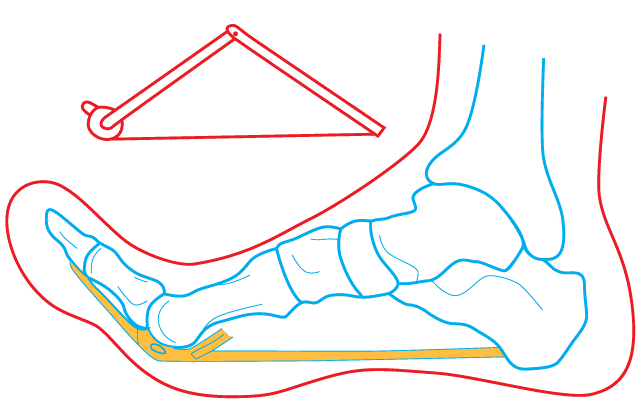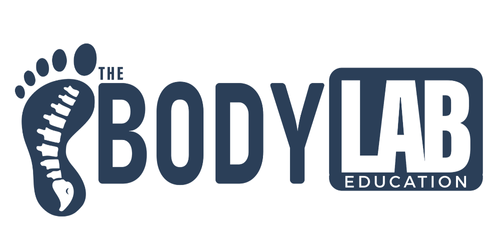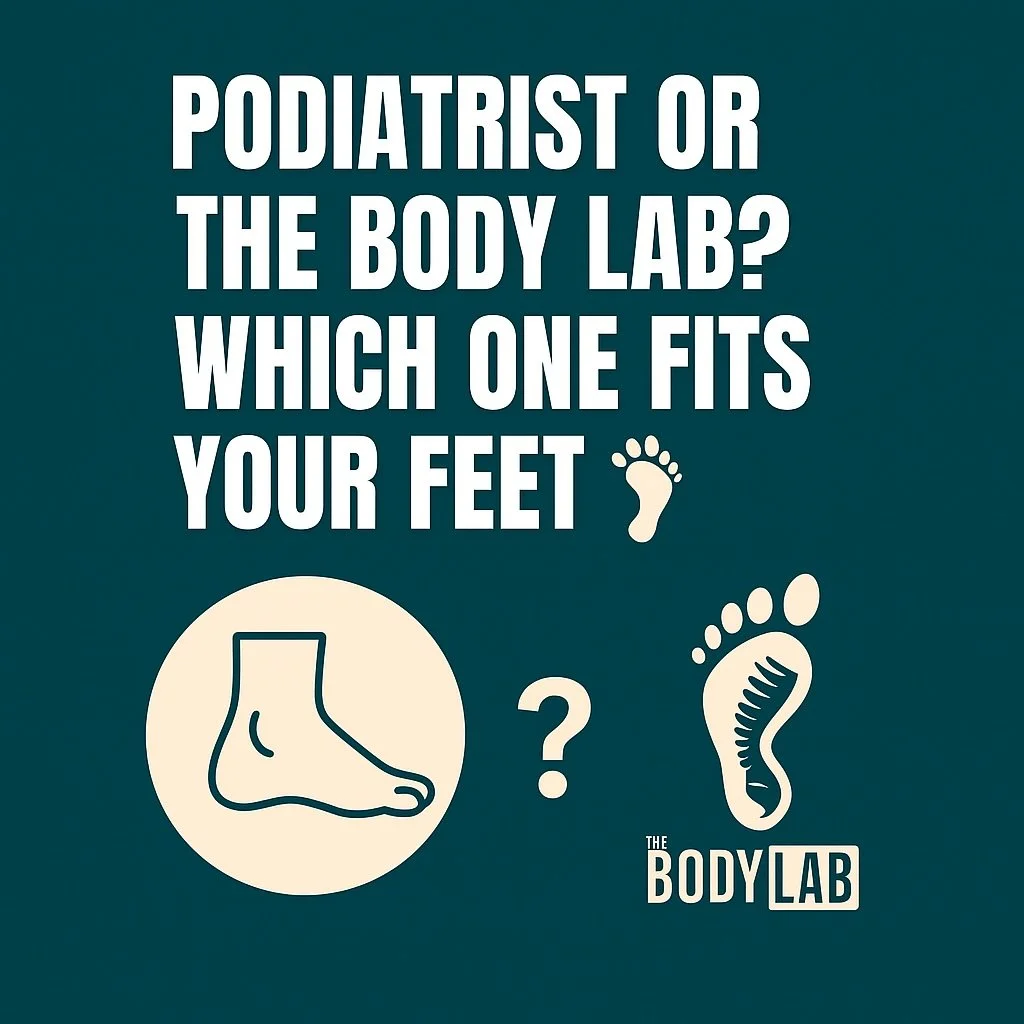Unlocking Efficient Foot Movement: The Windlass Mechanism and How It Impacts Your Foot Health
If you suffer from foot pain, discomfort, or struggle with mobility, the windlass mechanism could be the key to understanding and resolving your issues. This mechanism is essential for efficient, pain-free movement, and when it doesn’t function properly, it can lead to strain, fatigue, and injury not only in the feet but also in the ankles, knees, hips, and lower back.
What is the Windlass Mechanism?
At its core, the windlass mechanism is a biomechanical function that makes walking more efficient. Think of it like a pulley system: it uses the plantar aponeurosis (the thick band of tissue beneath your foot) to raise your arch and stabilise your foot during movement. As your big toe lifts when you walk, the arch tightens and makes the foot rigid, allowing it to act as a lever and propel you forward with minimal energy. This process is essential for efficient movement and reduced strain on your muscles and joints.
Why Does it Matter for Foot Pain?
If your windlass mechanism isn’t working properly, your foot remains flat and inefficient during movement. This places extra stress on other areas of your body, leading to pain in the feet and potentially other regions like the knees and lower back. Conditions such as plantar fasciitis, flat feet, and over-pronation often stem from a dysfunctional windlass mechanism.
How Can You Test It?
Here’s a simple test you can try at home: while standing, attempt to lift your big toe. If your arch doesn’t rise, or if you find it difficult to lift the toe, it may indicate that your windlass mechanism is not functioning efficiently. This is where we come in at The Body Lab, offering assessments and therapies to help correct this dysfunction.
Here’s a simple test: try lifting your big toe while standing and observe how your arch reacts. If the arch doesn’t rise, or if you struggle to lift the toe, it might be a sign that your windlass mechanism isn’t working as efficiently as it should. This is something we can help with at The Body Lab. By focusing on movement-based therapy that corrects the root cause of the dysfunction, we aim to restore proper foot mechanics and relieve pain .
Why The Body Lab?
At The Body Lab, we specialise in movement-based therapies that focus on correcting the root cause of your pain. By addressing issues in your windlass mechanism, we can improve your foot function, alleviate pain, and help you move more efficiently. This reduces your risk of injury and enhances your overall well-being.
Take the Next Step
If you’re experiencing foot pain or would like to improve your foot mechanics, we invite you to book a session at The Body Lab. Together, we can unlock the full potential of your movement and get you back to pain-free walking or running.
References
1. Hicks, J.H. (1954). The mechanics of the foot: II. The plantar aponeurosis and the arch. Journal of Anatomy, 88(Pt 1), 25-30.
2. Bolgla, L. A., & Malone, T. R. (2004). Plantar fasciitis and the windlass mechanism: a biomechanical link to clinical practice. Journal of Athletic Training, 39(1), 77-82.
3. Kappel-Bargas, A., Woolf, R. D., Cornwall, M. W., & McPoil, T. G. (1998). The windlass mechanism during normal walking and passive first metatarsalphalangeal joint extension. Clinical Biomechanics, 13(3), 190-194.
4. Caravaggi, P., et al. (2009). A dynamic model of the windlass mechanism of the foot: evidence for early stance phase preloading of the plantar aponeurosis. Journal of Experimental Biology, 212(15), 2491-2499.
5. Cheng, H. Y. K., et al. (2008). Finite element analysis of plantar fascia under stretch—the relative contribution of windlass mechanism and Achilles tendon force. Journal of Biomechanics, 41(9), 1937-1944.
6. Lucas, R., & Cornwall, M. (2017). Influence of foot posture on the functioning of the windlass mechanism. The Foot, 30, 38-42.





















